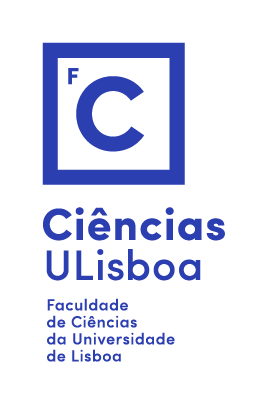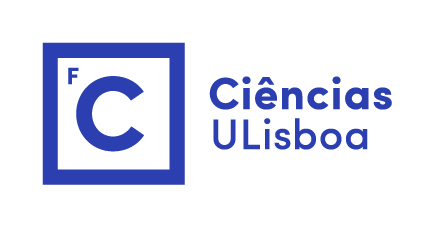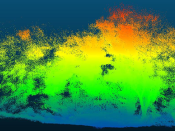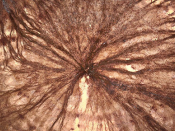Por Susana Cardoso de Freitas (INESC Microsystems and Nanotechnologies and IST Universidade de Lisboa, Portugal).
Micro and nanoelectronics offer a wide range of opportunities to apply physics concepts with engineering methodologies. Nanofabrication of a functional device is a complex process, and although the control of atoms and feature dimensions at a nanoscale is the ultimate dream of a materials scientist, many examples can be provided with successful realization of nanodevices at industrial scale. Among these, transistors with sub 10 nm feature sizes are now possible to fabricate in 300 mm diameter wafers for massive production.
The key for the success in nanoscale fabrication involves the precise control of the physics mechanisms, and the step by step nanofabrication of the several thin film layers comprised in the final nanodevice. In this presentation, some examples will be provided to illustrate the degree of quality needed in the thin film materials deposition, etching, patterning and integration. The challenges in nanofabrication will be commented with questions the experimentalists and theoretical physicists can understand better than in other fields of science. In particular, examples where software models and predictive models could have impact on the nanofabrication processes will be provided. It is expected to trigger common interesting points with the audience.













